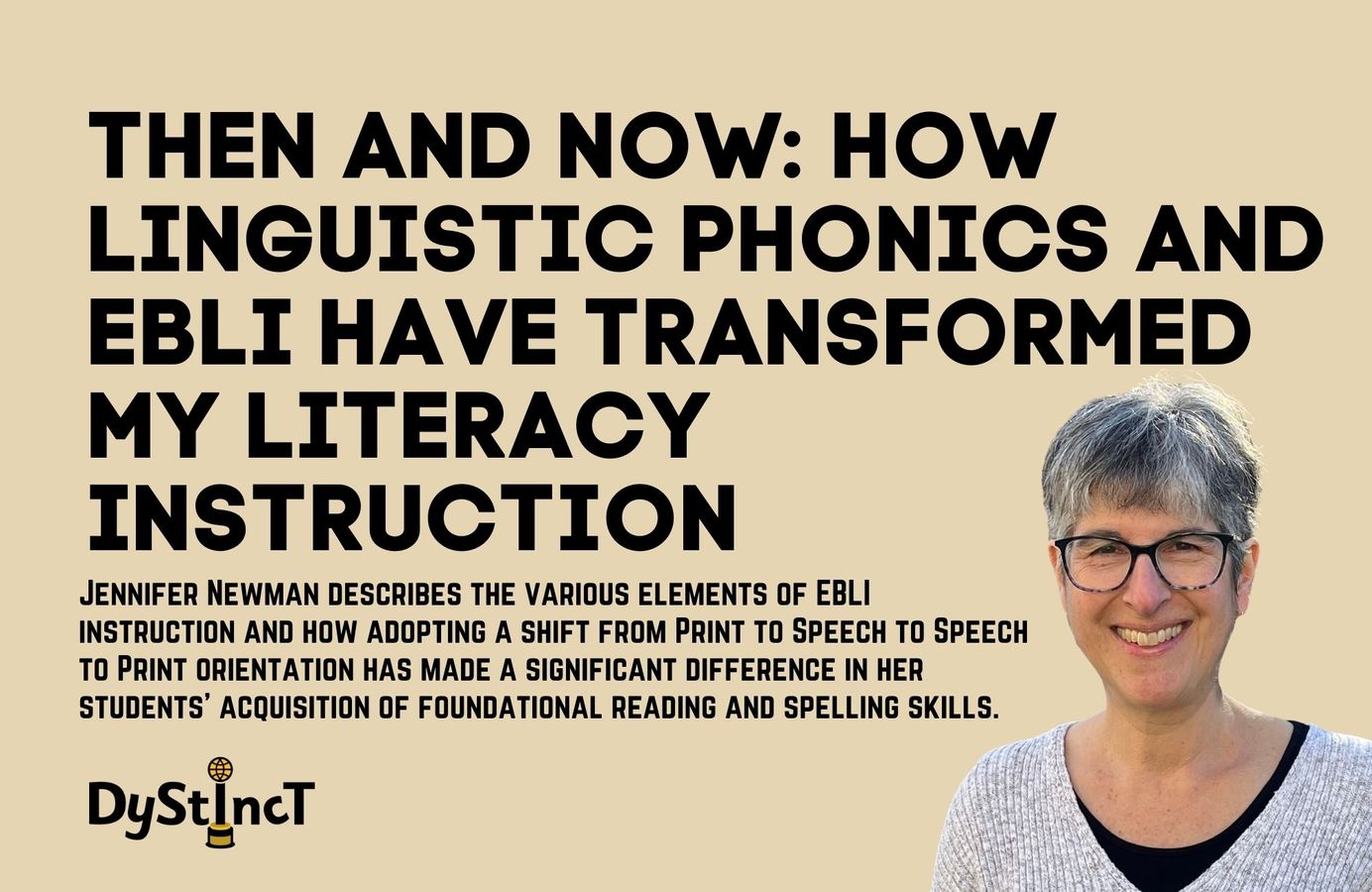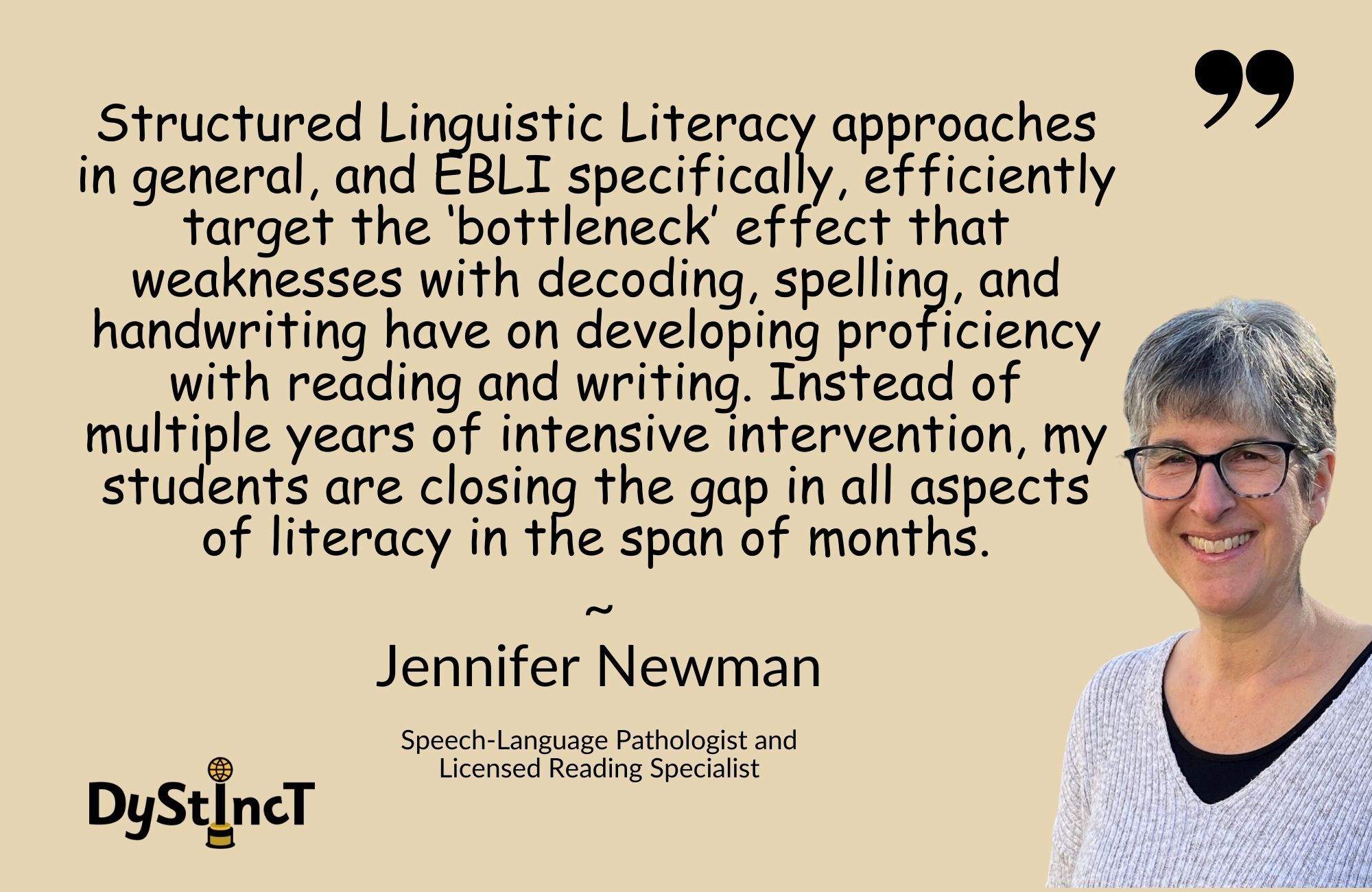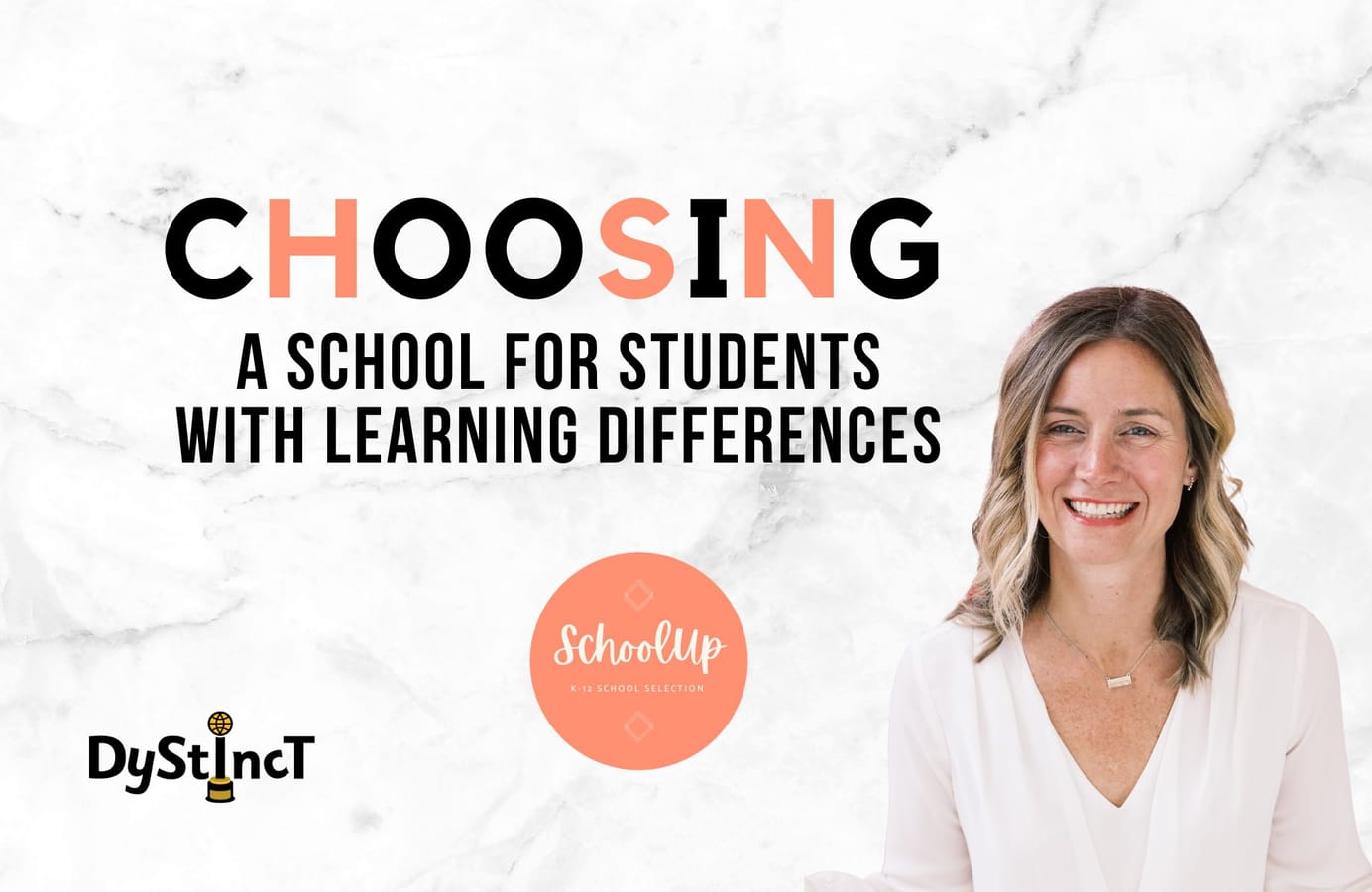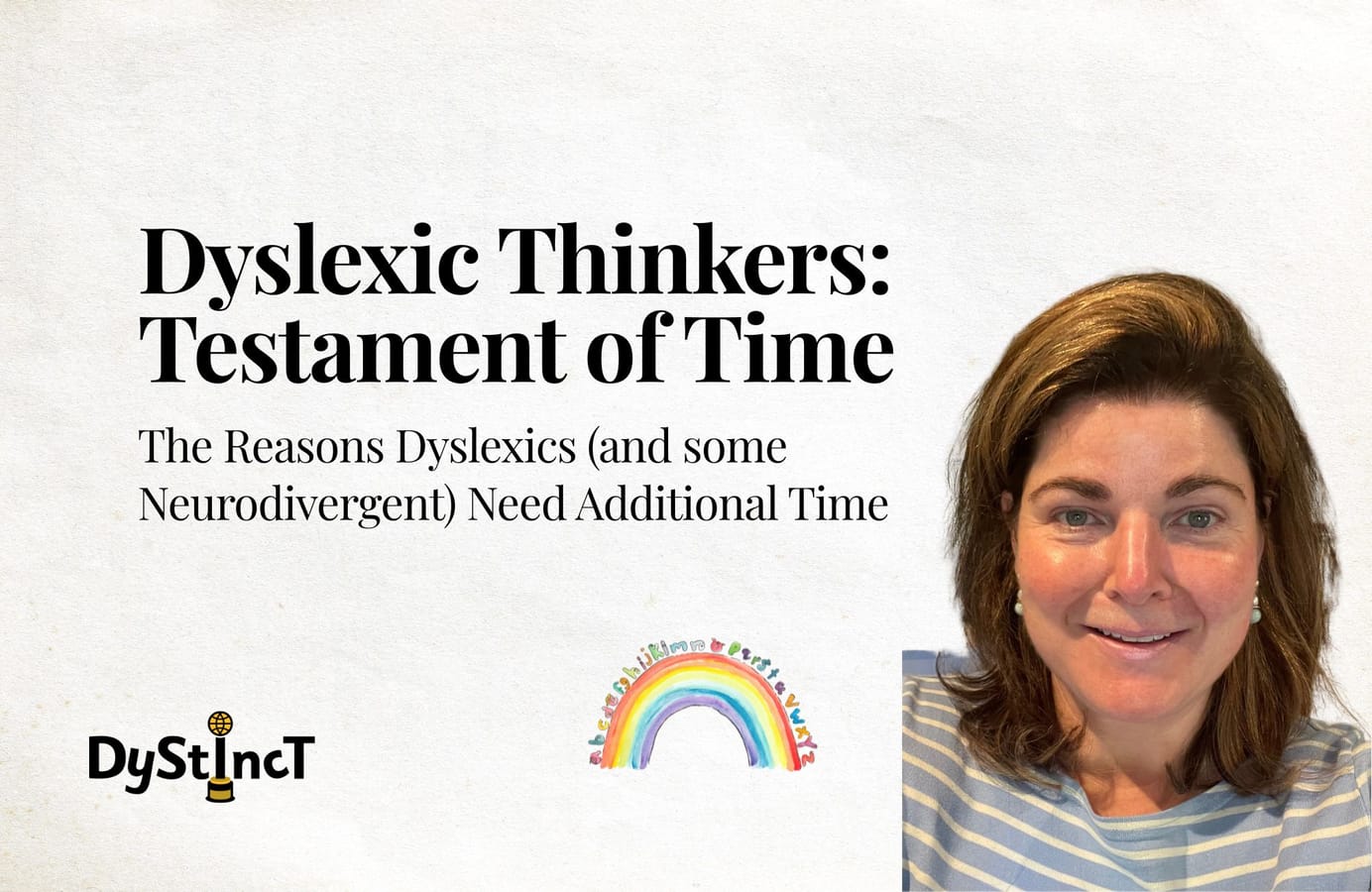
Issue 13: Then and Now: How Linguistic Phonics and EBLI have transformed my literacy instruction | Jennifer Newman
Jennifer Newman describes the various elements of EBLI instruction and how adopting a shift from Print to Speech to Speech to Print orientation has made a significant difference in her students' acquisition of foundational reading and spelling skills.
After thirty years of practicing as a Speech-Language Pathologist and the past fourteen working as a Reading Specialist, it felt like my proverbial "toolbox" was exploding. I had a Bachelor's Degree in Linguistics, a Master's Degree in Communication Disorders, and a Certificate of Advanced Study in Reading. I had worked with children and adults in clinics, schools, and private practice. I had collected what amounted to a veritable alphabet soup of trainings and approaches to teaching reading and writing: OG, RAVE-O, ECRI, PALS, SRSD, and LETRS, to name a few. I had kept up to date with the current reading and writing research, attending more conferences and webinars than I could keep track of. So why, with this deep knowledge base to draw upon, was I feeling exhausted and disillusioned when planning and implementing my instruction? Why wasn't my instruction closing the gap for all of the students on my caseload? Why was it so hard to improve their handwriting, spelling, and written expression? It wasn't until I had completed training in EBLI (Evidence-Based Literacy Instruction), a Speech to Print oriented linguistic phonics system for teaching reading, spelling, and writing–that I finally found answers to the questions that were keeping me up at night.
While intervention approaches like Orton-Gillingham have widespread name recognition, Linguistic Phonics approaches are less well-known, but they have been in use for over twenty years. I had stumbled upon Diane McGuiness's work and Phono-Graphix while doing some volunteer adult literacy tutoring but had forgotten about it when neither received any mention during my reading specialist training. After dabbling in what I thought were "Speech to Print" instructional approaches, in the summer of 2020, I set aside my doubts about adding more letters to my alphabet soup and immersed myself in 8 weeks of EBLI training. With my background in linguistics and speech-language therapy, I understood the many ways in which oral language lays the foundation for reading and writing, so the idea of teaching reading from Speech to Print made sense to me. What I didn't anticipate, however, was that making this shift would involve reevaluating and reframing much of what I had been trained to do as a reading specialist.
Linguistic Phonics approaches are less well-known, but they have been in use for over twenty years.
Although I had previously been adhering to all of the principles of what is now referred to as a Structured Linguistic Literacy approach, the overarching framework for my instruction had been oriented from Print to Speech. This meant that letters rather than phonemes were the starting point and system for organizing how I taught. My lessons had followed a carefully controlled sequence that moved from part to whole and typically incorporated quick drills for teaching and reviewing letter-sound correspondences, games for reading words or sentences in isolation, and finally, reading decodable texts that highlighted a target letter pattern. After completing this progression with reading, I repeated these steps to address spelling and writing. I taught my students keywords, such as "c - cat- /k/," to help them recall letter-sound correspondences. I encouraged them to apply linguistic labels as they "marked up" consonant blends, digraphs, and vowel teams in words. I taught them how to identify different syllable types and how to read and spell "trick" words – words that don't follow the expected patterns – using flashcards and repetition in hopes that they would stick with these multiple exposures. I was constantly in search of games, gadgets, and prizes to make the lessons more appealing and engaging. When I paused to think about all of this, it was clear that my students were learning more about the English language than I ever had as a student, yet the goal of proficient reading and spelling remained elusive for too many of them.
As I began my EBLI journey, I learned that Structured Linguistic Literacy, while also providing explicit, systematic, evidence-aligned instruction, organizes lessons around the roughly 44 phonemes (speech sounds) of the English language, hence the label "Speech to Print." It didn't take long for me to appreciate the power of anchoring instruction to phonemes rather than letters. Now that I've been using EBLI for over two years with students across the elementary grades, I've gained additional insight into why this seemingly simple paradigm shift makes such a difference in the acquisition of foundational reading and spelling skills.
Structured Linguistic Literacy provides students with a logical entry point for learning the complexities of our alphabetic code, allows reading and spelling to be taught simultaneously, and develops phonemic awareness skills in the context of spoken words rather than as isolated sounds associated with individual letters.
Instead of starting my lessons with letter/sound drills and asking my students what sound a letter makes, my lessons are now built around teaching them how our spelling system represents the sounds they produce as they utter words. We talk about what sound they say for a given spelling when they are reading. This subtle shift in language helps emphasize the idea that print is a code for speech and that, like all codes, it is logical and reversible – reading and spelling are two sides of the same coin that can and should be taught simultaneously.
The phoneme is the star of the show in a Structured Linguistic Literacy lesson, which means my students have countless opportunities to practice segmenting, blending, and manipulating sounds as we read and spell words. They learn to say the sounds while they spell words and adjust their pronunciation of sounds as they decode unfamiliar words. Not only do these processes capitalize on what students are naturally inclined to do when they enter school, but they also act as "Super Glue," binding the sound-spelling-meaning connections that are needed for rapid word recognition and accurate spelling.
With most of an EBLI lesson conducted on a whiteboard, I have learned how to efficiently incorporate instruction in correct letter formation while my students are spelling words or writing sentences. This integrated handwriting instruction not only reduces the need to assign extra handwriting practice but also conveys that using correct letter formation whenever they write has a purpose.
Structured Linguistic Literacy demystifies and simplifies the complexity of the code because it teaches students to use speech sounds as the "filing system" for storing and retrieving information about print.
Using EBLI, I now introduce my students to multiple spellings of a sound at once rather than waiting for them to master one spelling or syllable pattern at a time. Instead of teaching rules and exceptions to rules, I train my students to notice spelling patterns within words. This approach significantly reduces the number of elements for students to learn and facilitates more efficient storage and retrieval of spelling patterns for reading and writing. I teach my students that in English, we can use up to four letters to represent a single sound, that the same sound can be spelled in a multitude of ways, and that the same spelling can represent multiple sounds. Armed with this knowledge, they now possess the magic key for unlocking our code from the outset.
At first, I worried that introducing multiple spellings concurrently would be too much information for my students to absorb, but I quickly discovered that it was me, not my students, who had to grapple with this paradigm shift. They love being Word Detectives on the hunt for new examples of words that include a target sound or spelling pattern. They readily apply their knowledge to reading and spelling words that I would not have expected them to tackle the way I was teaching before.
EBLI focuses on teaching a consistent, reliable process for reading and spelling and directs students to adopt a flexible, problem-solving approach that jumpstarts what researchers call the self-teaching mechanism.
While I used to believe students benefited from learning labels for sounds, the six syllable types, and tricks to help them recall rules for spelling, I now understand why this declarative knowledge seemed to have little impact on improving their word recognition or spelling. Recent research by Kearns (2020) suggests that applying print-based syllable division strategies may actually impede fluent reading because they are unreliable and often require a level of effort that may overload students' already-taxed working memory capacities. Instead, by learning a consistent process for spelling and reading all words based on how we speak, students learn how to decode complex spelling patterns and polysyllabic words much sooner. This means that they are ready to move out of decodable texts at a speed I would not have predicted. More importantly, the combination of explicit teaching, scaffolded problem solving, and immediate error correction used in EBLI boosts students' sense of agency better than anything I've tried before, and their newly found enthusiasm for reading and writing says it all.
The end result is that Structured Linguistic Literacy approaches, in general, and EBLI specifically, efficiently target the "bottleneck" effect that weaknesses with decoding, spelling, and handwriting have on developing proficiency with reading and writing. Instead of multiple years of intensive intervention, my students are closing the gap in all aspects of literacy in the span of months. Lessons feel more like an exciting apprenticeship than a tutorial. I no longer need to rely on games, gadgets, or prizes to motivate them because the EBLI lesson format is inherently engaging. It offers just the right dosage of direct instruction and discovery, modeling and gradual release, corrective feedback and positive reinforcement. The concepts, skills, and strategies I teach with EBLI have been distilled to what is essential to maximize student learning. The predictable routines lower my students' anxiety, improve their ability to stay focused, and allow me to adjust the content according to their needs, interests, or topics from their classroom curriculum. From my perspective as a teacher, my lessons have acquired a sense of coherence and flow that was lacking when my organizing framework was Print to Speech. Like the KonMari Method for tidying a house, EBLI has helped me declutter my literacy toolbox and select high-leverage practices that take my students farther faster. While I eagerly await randomized-controlled studies to measure the efficacy of Structured Linguistic Literacy approaches at scale, my experiences using EBLI have shown me a path that unequivocally serves my students exceptionally well.
Lessons feel more like an exciting apprenticeship than a tutorial.
References
- Share DL. Phonological recoding and self-teaching: sine qua non of reading acquisition. Cognition. 1995 May;55(2):151-218; discussion 219-26. doi: 10.1016/0010-0277(94)00645-2. PMID: 7789090.
- Kearns, D.M. (2020). Does English Have Useful Syllable Division Patterns? Reading Research Quarterly, 55(S1), S145– S160. [doi.org]
Jennifer Newman
M.S., CCC-SLP/ Reading & Writing Specialist
LinkedIn

An ASHA-certified Speech-Language Pathologist and a Licensed Reading Specialist, Jennifer Newman believes that Structured Linguistic Literacy approaches offer an effective and efficient alternative for helping all students become proficient and confident readers and writers. Her volunteer literacy tutoring with a high school graduate who was functionally illiterate sparked her interest in learning how to teach reading, leading to training in Orton Gillingham and earning a Certificate of Advanced Study in Reading. Despite many hours of post-graduate professional development, the feeling that her instruction was still missing the mark led her to pursue training in EBLI, and she has been amazed by its impact on her students' progress. After many years working in schools, Jennifer is now a private tutor, serving students in the suburban Boston area. When she isn't working, she enjoys walking, listening to podcasts, reading, and snuggling with her cats.
Extracts from Dystinct Magazine














